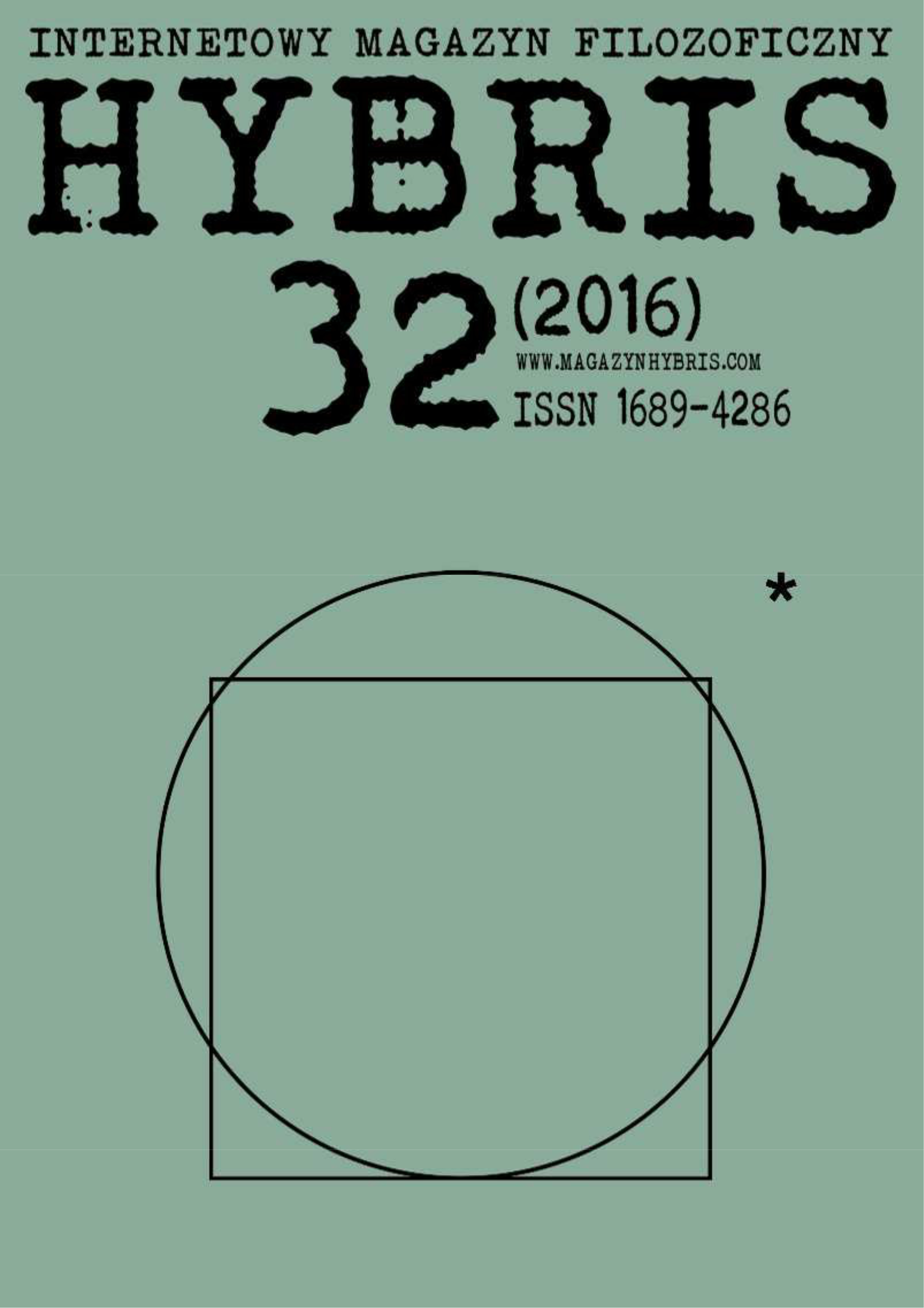Editing Modernity. „Atlas of Modernity” exhibition confronted with some trends in contemporary aesthetics
DOI:
https://doi.org/10.18778/1689-4286.32.02Keywords:
“atlas of modernity”, montage, aesthetics, anachronism, image studiesAbstract
In this article I examine the notion of “montage” in the contexts of both Muzeum Sztuki exhibition “Atlas of Modernity” and contemporary trends in aesthetics. In the exhibition folder there appears the word “montage” which describes a specific methodology of the exhibition. The way “montage” is being used metaphorically in the discourse of aesthetics is by no means new. Thus I decided to dig into the roots of the usage of this notion, which goes back to the beginning of 20th century when Aby Warburg established a new methodology in the visual studies, Walter Benjamin elaborated on his literary montage, and Sergey Eisenstein contributed to general theory of montage. Nevertheless, the very central figure is contemporary theorist Georges Didi-Huberman and his original reading of the above mentioned thinkers. Thus, using this constellation of names, I try to examine, how the notion deriving from cinematography happened to play such an important role in contemporary aesthetics.
References
Belting, Hans, 1987, The End of Art History, trans. Christopher S. Wood, Chicago.
View in Google Scholar
Benjamin, Walter, 1970, O kilku motywach u Baudelaire’a, przeł. Barbara Surowska, [w:] „Przegląd Humanistyczny”, nr 5, ss. 69–84.
View in Google Scholar
Benjamin, Walter, 1996, Anioł Historii i inne szkice, opr. Hubert Orłowski, Poznań.
View in Google Scholar
Walter Benjamin, 1997, Ulica jednokierunkowa, przeł. Andrzej Kopacki, Warszawa.
View in Google Scholar
Benjamin, Walter, 2005, Pasaże, przeł. Ireneusz Kania, Kraków.
View in Google Scholar
Binswnager, Ludwik; Warburg, Aby, 2005, La guarigione infinita, trad. Catia Marazia, Davide Stimilli, Vicenza.
View in Google Scholar
Didi-Huberman, Georges, 2000, Obraz jako rozdarcie i śmierć wcielonego boga, tłum. Mirosław Loba, [w:] „Artium Quaestiones”, X, ss. 219–304.
View in Google Scholar
Didi-Huberman, Georges, 2004, Ninfa Moderna, trad. Aurelio Pino, Milano.
View in Google Scholar
Didi-Huberman, Georges, 2006, L’immagine insepolta. Aby Warburg, la memoria dei fantasmi e la storia dell'arte, trad. Alessandro Serra, Torino.
View in Google Scholar
Didi-Huberman, Georges, 2007, Storia dell'arte e anacronismo delle immagini, trad. Alessandro Serra, Torino.
View in Google Scholar
Didi-Huberman, Georges, 2011, Przed obrazem. Pytanie o cele historii sztuki, przeł. Barbara Brzezicka, Gdańsk.
View in Google Scholar
Eisenstein, Sergiusz, 1959, Wybór pism, przekład zbiorowy, Warszawa.
View in Google Scholar
Foucault, Michel, 1977, Archeologia wiedzy, przeł. Andrzej Siemek, Warszawa.
View in Google Scholar
Gombrich, Ernst, 1970, Aby Warburg. An Intellectual Biography, London.
View in Google Scholar
Juszczak, Wiesław, 1972, Dzieło sztuki czy fakt historyczny?, [w:] Granice sztuki: z badań nad teorią i historią sztuki, kulturą artystyczną oraz sztuką ludową, red. Jan Białostocki, Warszawa.
View in Google Scholar
Kemp, Wolfgang, 1983, Walter Benjamin i Aby Warburg, przeł. Wojciech Suchocki, [w:] „Artium Quaestiones”, II, ss. 145–172.
View in Google Scholar
Kracauer, Siegrfied, 1975, Teoria filmu, przeł. Wanda Wernstein, Warszawa.
View in Google Scholar
Philippe-Alain, Michaud, 2002, Zwishenreich. Mnemosyne, o l’espessivita senza soggetto, [w:] Aby Warburg e le metamorfosi degli antichi dei, red. Marco Bertozzi, Ferrara.
View in Google Scholar
Panofsky, Erwin, 1971, Studia z historii sztuki, opr. Jan Białostocki, Warszawa.
View in Google Scholar
Schoell-Glass, Scharlotte, 2002, La teoria dell’immagine proposta da Aby Warburg, [w:] Aby Warburg e la metamorfosi degli antichi dei, red. Marco Bertozzi, Ferrara.
View in Google Scholar
Tiedemann, Rolf, 2009, Wprowadzenie, [w:] Walter Benjamin, Pasaże, przeł. Ireneusz Kania, Kraków, ss. 5–30.
View in Google Scholar
Warburg, Aby, 1966, La rinascita del paganesimo antico: contributi alla storia della cultura, red. Gertrud Bing, Firenze.
View in Google Scholar
Warburg, Aby, 2010, Narodziny Wenus i inne szkice renesansowe, przeł. Ryszard Kasperowicz, Gdańsk.
View in Google Scholar
Warburg, Aby, 2010, Atlas Mnemosyne. Wprowdzenie, przeł. Krzysztof Pijarski, [w:] „Konteksty. Polska Sztuka Ludowa” nr 2–3, 2011, ss. 110–115.
View in Google Scholar
Downloads
Published
How to Cite
Issue
Section
License

This work is licensed under a Creative Commons Attribution-NonCommercial-NoDerivatives 4.0 International License.






